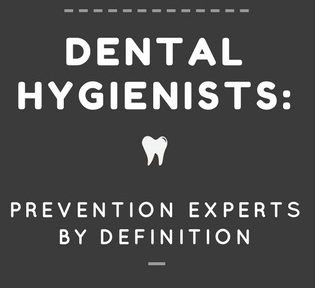 It is a well-known fact that in the United States, our healthcare system tends to focus on the treatment of disease, rather than the prevention of it. This sentiment is echoed in the following excerpt from a 2012 New England Journal of Medicine article:
It is a well-known fact that in the United States, our healthcare system tends to focus on the treatment of disease, rather than the prevention of it. This sentiment is echoed in the following excerpt from a 2012 New England Journal of Medicine article:
“Although the United States pays more for medical care than any other country, problems abound in our health care system. Unsustainable costs, poor outcomes, poor patient satisfaction, and worsening health disparities all point to a need for transformative change. Unfortunately, many modifiable risk factors for chronic diseases are not being addressed adequately. A prevention model, focused on forestalling the development of disease before symptoms or life-threatening events occur, is the best solution.”
Luckily, even in this system of treatment–focused healthcare, prevention experts may still be found. One of the best examples? Dental hygienists!
According to the American Dental Hygiene Association, the formal definition of a Dental Hygienist is:
“A licensed dental professional who specializes in preventive oral health, typically focusing on techniques in oral hygiene. Dental hygienists provide three types of services to their patients.
- The first of these is preventive services to promote and maintain good oral health.
- The second is educational services to help patients develop behaviors that promote better oral health and help them understand the importance of practicing these behaviors.
- The third type of service provided is therapeutic services, which are treatments meant to stop disease and maintain healthy tissues in the mouth.”
So there we have it. Dental Hygienists by their very definition are preventative specialists. [Tweet ” Dental Hygienists by their very definition are preventative specialists.”]
Unfortunately, even as prevention education experts, some hygienists are working in a practice environment that is not conducive to those very tasks that hygienists are trained to do: prevent oral disease. Most dental practices hire hygienists to provide preventative prophylaxis for patients, and in many practices, that this is where the preventative aspect of care begins and ends.
Whether you practice in a cosmetic, pediatric, periodontal, or general office, it is a good idea to take stock of how much emphasis is being put on the prevention of oral disease. To do so, here are some questions to ask:
Does your office…?
- Complete a caries risk assessment on all patients?
- Offer in-office fluoride treatment to adult patients at risk of caries?
- Offer sealants for children and high decay risk adults?
- Dispense or write prescriptions for at home fluoride?
- Periodontally probe each new patient?
- Perform oral cancer screenings?
- Offer smoking cessation and nutritional counseling?
If the answer is no to more than a few of these questions, don’t be discouraged. It simply means that your practice has a great opportunity to improve its preventive offerings. Becoming a more prevention-centered practice is within easy reach! [Tweet “Becoming a more prevention-centered practice is within easy reach.”]
The great thing about incorporating preventative care in the dental office is that it is usually non-invasive, and very inexpensive. Caries Risk Assessment, for example, is nothing more than a questionnaire, a conversation with the patient to determine risk factors, and possibly a saliva sample collection. Additional preventive measures can include fluoride, healthy dietary changes, and frequent cleanings – not medications. The radiation from digital x-rays is minimal. Oral cancer screenings can be done either visually or with a harmless UV light.
In addition to being the right thing to do for our patients, prevention can be quite profitable for the practice when fluoride products are dispensed, sealants are applied, and periodontal disease is properly treated. Prevention may begin with the hygiene department, but it should not remain solely there. Every team member should be focused on oral disease prevention. [Tweet “Every team member should be focused on oral disease prevention.”] Hygienists, don’t wait for the dentist or office manager to lead the way in prevention protocols. After all, you were hired to be the prevention expert! When you advocate for yourself and your expertise, ultimately you’re advocating for what’s best your patients.
For more information on preventative care, including recommended products as well as helpful tips on how to improve patient compliance, visit us here!
Content created in collaboration with Heidi Arndt, RDH








You must be logged in to post a comment.